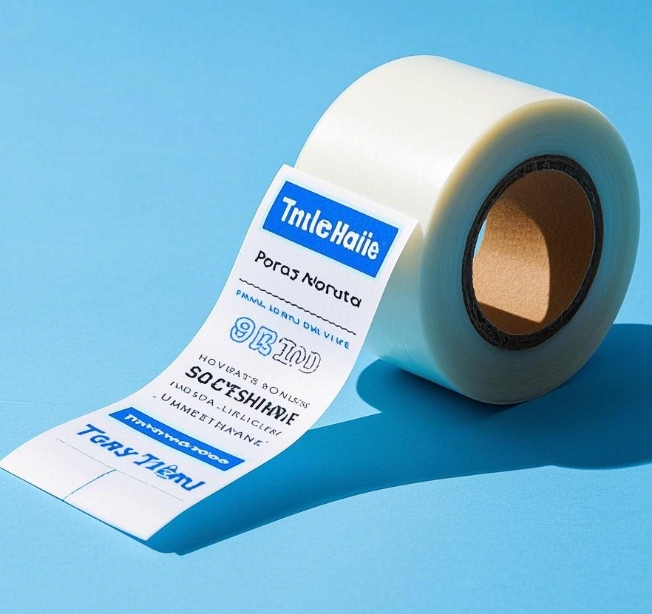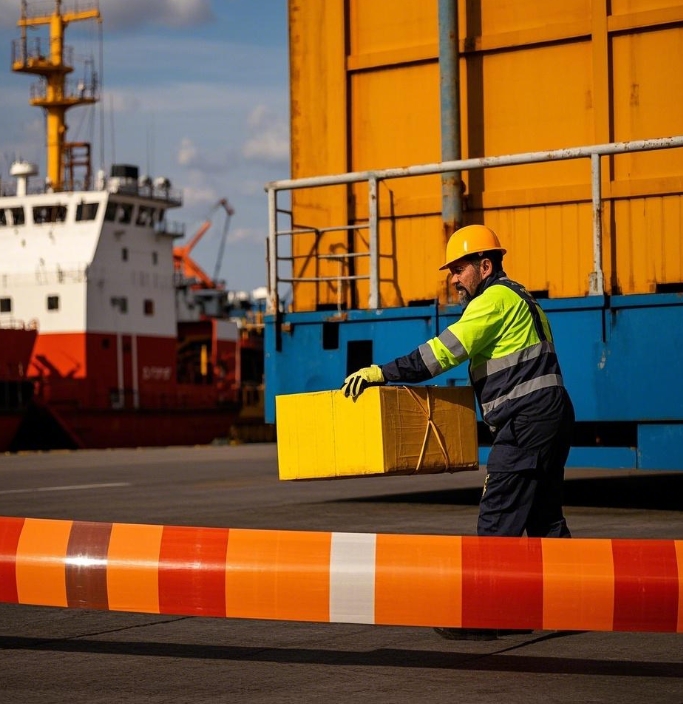



Tariff hit: How to fill the $650 million cost hole?
Leading enterprises responded with "three ways to break the deadlock": first, "origin magic", adopting the "Chinese semi-finished products + local assembly in Mexico" model, in line with the US-Mexico-Canada Agreement, and realizing 72-hour delivery of North American orders through the intelligent warehouse system, and reducing logistics costs by 15%; second, "technical breakthrough", overcoming bio-based polyimide technology to break through the EU carbon tariff barrier, and leading the formulation of ISO new high-temperature tape standards; third, "market reconstruction", developing high-humidity resistant tape to win 67% of the market share in RCEP countries, and bundling with Chinese engineering teams to go overseas, and orders in the Middle East new energy infrastructure soared by 300%.
Faced with the "compliance weaponization" of Europe and the United States, new trade barriers such as digital passports, human rights factory inspections, and patent ambushes have emerged. Enterprises are also actively countering, such as a Shenzhen company using AI patent analysis tools to invalidate 12 patents of the other party within 3 months. In the future, the industry will build defenses such as intelligent tariff simulators, molecular-level compliance design, geopolitical radars, and follow the law of survivors. As trade frictions become normalized, the industry will compete for the right to speak on national high-end materials and rewrite the rules of the global game.
The latest data in 2024 shows that trade frictions have caused a triple blow to the industry:
Tariff costs: The US tariff on high-temperature tapes from China has increased from 7.5% to 25%, and the European Commission's anti-dumping investigation has caused the margin rate to increase to 48%, and the annual cost of enterprises has exceeded $650 million
Supply chain disruption: The import price of key raw material fluorinated polyimide has increased by 37% (due to Japan's export control)
Order transfer: The speed of US companies' procurement orders to Vietnam has accelerated, and Vietnam's tape exports to the United States will surge by 182% in 2023

Life and death moment: A Jiangsu company was chased for a tariff difference of 120 million yuan for three years because it failed to adjust its production strategy in time, and eventually went bankrupt and reorganized.
Three ways to break the deadlock: the "Normandy landing" of leading enterprises
The first way: the magic of origin - the "35-day myth" of Mexican factories
The leading enterprises adopt the "Chinese semi-finished products + local assembly in Mexico" model to control the added value of origin at 45%-48% (in line with the US-Mexico-Canada Agreement)
The intelligent warehouse system enables North American orders to arrive within 72 hours, and logistics costs are reduced by 15%

The second way: technological breakthrough - a leap from catching up to defining
Conquer bio-based polyimide technology (carbon footprint reduced by 40%), break through the EU carbon tariff (CBAM) barrier
Leading the formulation of new ISO high-temperature tape standards, changing the temperature resistance test method from "continuous working temperature" to "peak tolerance temperature"
The third way: market reconstruction: the invisible gold mine on the "Belt and Road"
Developing resistance High-humidity tape (adapted to the climate of Southeast Asia), won 67% market share in RCEP countries
Bundled with Chinese engineering teams to go overseas, occupying the position of new energy infrastructure in the Middle East (orders for Saudi NEOM new city soared 300%)
The secret war escalated: responding to the "compliance weaponization" of Europe and the United States
New trade barriers surfaced:
Digital passport: The EU requires uploading of full life cycle carbon data, and the document cost increases by $0.15/m
Human rights factory inspection: The UFLPA Act of the United States traces Xinjiang raw materials, and companies are forced to reconstruct the supplier map
Patent ambush: DuPont and other giants have registered 300+ tape patents in China, forming a technical blockade network

Countermeasure case: A Shenzhen company used AI patent analysis tools to invalidate 12 patents of the other party within 3 months, successfully breaking the blockade
Future defenses: built in digital twins and molecular laboratories
Smart tariff simulator: input product parameters to automatically calculate the optimal origin combination, with an accuracy rate of over 92%
Molecular compliance design: develop a "universal molecular structure" that meets the rules of CPTPP, USMCA, and RCEP
Geopolitical radar: AI monitors policy changes in 170 countries in real time, and the early warning response speed is increased to 48 hours
Survivor rule:
Set up a "tariff shock absorber" in Turkey/Malaysia
Product development reserves 20% "regulatory redundancy"
Use the cross-border e-commerce C2M model to penetrate trade barriers
Conclusion: When trade frictions change from "black swans" to "gray rhinos", the breakthrough of the high-temperature tape industry is not only a commercial competition, but also a struggle for the right to speak for the country's high-end materials. Those companies that pre-embed compliance genes in molecular formulas and build flexible supply chains on maps are rewriting the rules of the global game.




